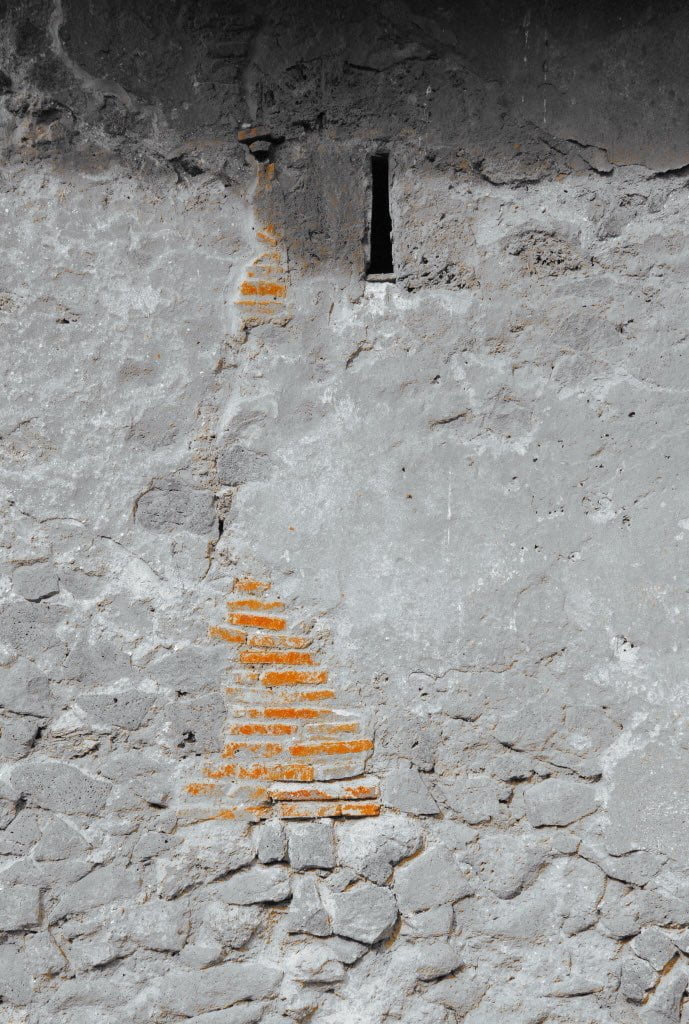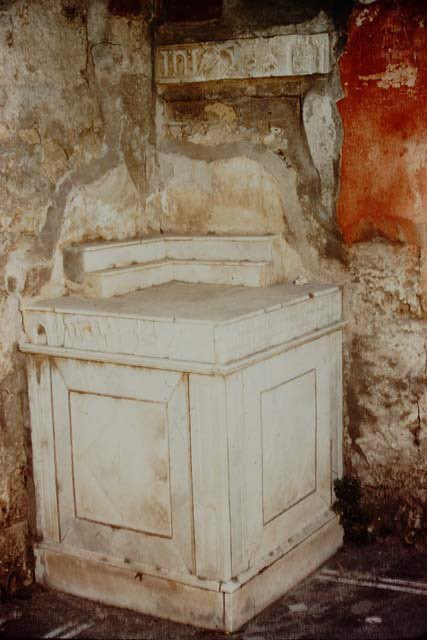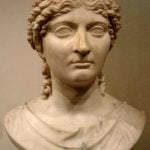According to Seneca the Younger, on February 5, 63 CE1, a strong earthquake occurred near Vesuvius. As it turned out later, it was a signal about the increased activity of the volcano and the announcement of a much worse cataclysm, which in 79 CE. destroyed, among others Pompeii and Herculaneum.
Researchers say the earthquake could have been 5 to 6 degrees on the Richter scale. Not only Pompeii or Herculaneum were destroyed; Naples and Nuceria also needed repairs. To better reflect the strength of the quake, they were compared to the 1906 disaster that struck San Francisco (USA). At that time, an earthquake – of similar magnitude – killed 3,000 people and destroyed most of the city. Pompeii suffered the most, as it had tight buildings and a large population (about 20,000 inhabitants).
As determined, the epicenter of the quake was in the southern part of Vesuvius. Importantly, in the area next to the Volcano, trembling was still felt for several days after the quake subsided.
On the preserved remains of buildings in Pompeii, we can still see what damage was caused by the earthquake in 63 CE. This is mainly demonstrated by the preserved traces of building repairs or the relief from the lararium at the house of Lucius Caecilius Iucundus, who is believed to show the destruction of the city’s public buildings (including the temple of Jupiter) as a result of an earthquake.
Interestingly, the sixth book of Seneca’s work – Naturales quaestiones – is entirely devoted to the issue of earthquakes. The author suggests that they are caused by air movements. What’s more, Seneca mentions that a flock of sheep died of toxic gases coming from cracks in the ground.
- Damage after an earthquake in CE 62
- Relief from the lararium in the house of Lucius Cecilius Jukundus, which is believed to show the destruction of the city’s public buildings as a result of the earthquake
- Relief from the lararium in the house of Lucius Cecilius Jukundus, which is believed to show the destruction of the city’s public buildings as a result of the earthquake
- Damage after an earthquake in CE 62










